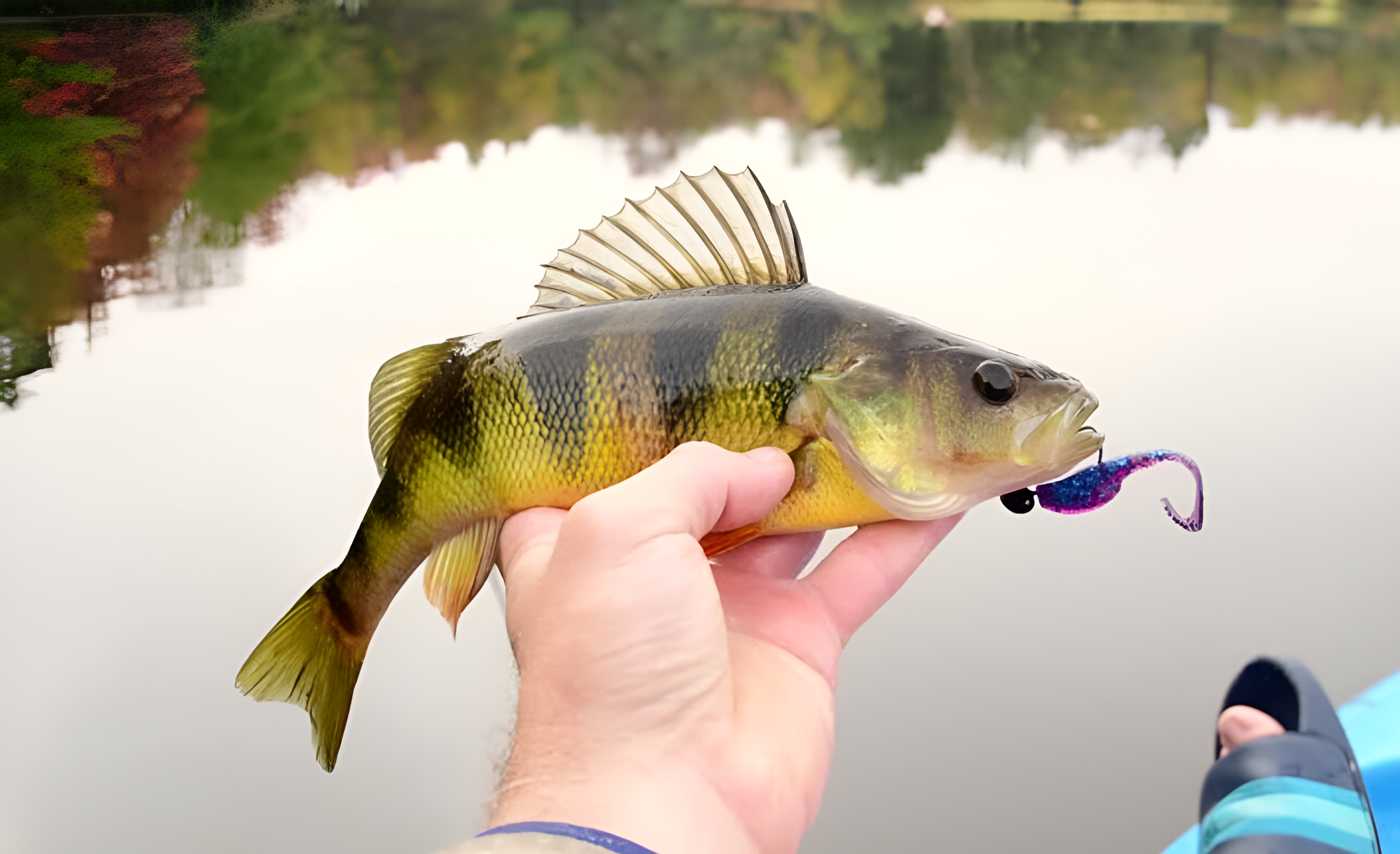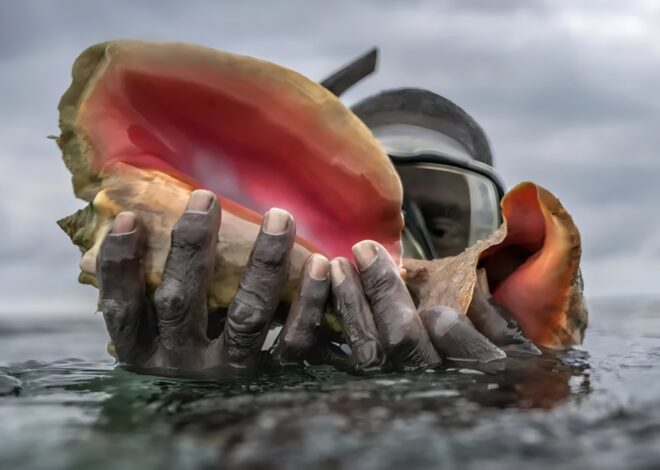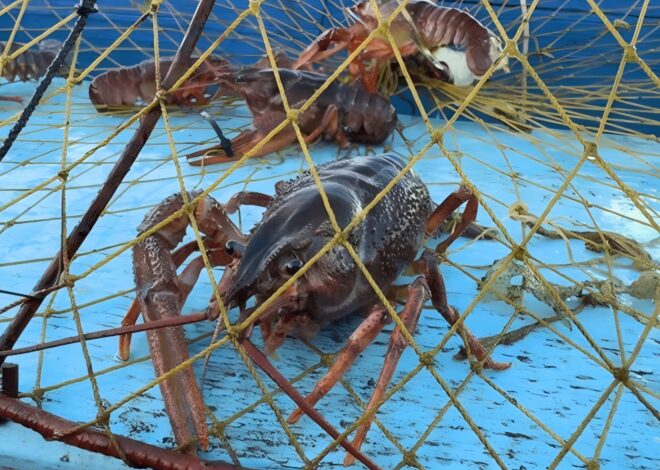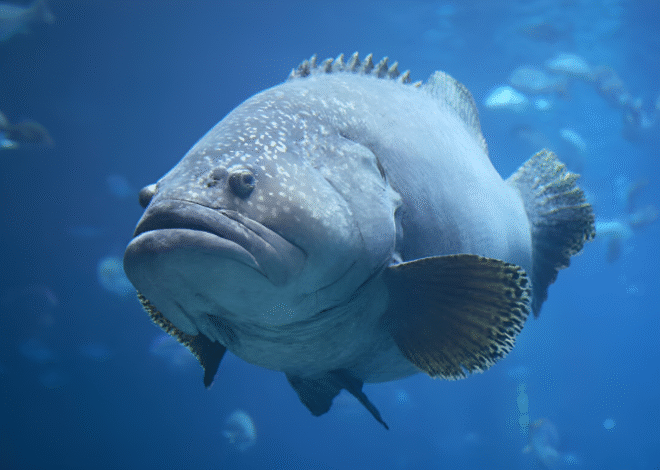
How To Catch Perch
Welcome to our fishing guide on how to catch perch. Perch fishing is not just a pastime; it’s an adventure waiting to unfold. Whether you’re a seasoned angler or someone picking up a rod for the first time, targeting perch offers excitement and rewards.
These feisty fish are known for their vibrant colors and aggressive behavior, making them fun to catch. Imagine standing by the water’s edge, feeling the gentle breeze on your face while you wait for that unmistakable tug on your line. The thrill of reeling in a perch can turn any day into an unforgettable experience.
But how do you maximize your chances? This guide will walk you through everything from understanding perch behavior to choosing the ideal bait. Get ready to dive deep into the world of perch fishing!
Understanding the Behavior of Perch
Perch are fascinating creatures with distinct behaviors that can significantly impact your fishing success. They tend to be schooling fish, often found in groups. This social aspect means when you find one, there’s a good chance others are nearby. Temperature plays a key role in their activity levels.
During warmer months, perch are more active and venture into shallower waters for feeding. In colder temperatures, they prefer deeper areas where the water is stable. Understanding their feeding patterns can enhance your chances of catching them. Perch primarily feed on smaller baitfish and invertebrates during dawn and dusk when they feel safer to hunt.
Seasonal changes also influence their behavior. In spring, they migrate towards spawning grounds; summer sees them dispersed across various depths; autumn brings them back together as temperatures drop again. Recognizing these shifts helps tailor your approach effectively.
Essential Equipment for Perch Fishing
When gearing up for perch fishing, having the right equipment can make all the difference. Start with a lightweight spinning rod paired with a matching reel. This combination offers sensitivity while still providing enough backbone to handle spirited catches.
Line choice is crucial; opt for a monofilament or fluorocarbon line in the 4 to 8-pound test range. These lines are less visible underwater and give you an edge when targeting cautious perch. Don’t forget about your tackle box! Fill it with various hooks, weights, and floats that cater to different conditions.
A simple selection of jigs can also be highly effective. Bring along a landing net to safely haul in your catch without causing damage. With this essential gear at hand, you’re well on your way to enjoying successful days on the water chasing after those elusive perch.
Choosing the Right Location for Perch Fishing
Finding the perfect spot for perch fishing can make all the difference. Look for areas with structures like submerged rocks, fallen trees, or weed beds. These features attract perch and provide them with shelter. Shallow waters near shorelines are ideal during warmer months.
As temperatures drop, they tend to move deeper into cooler areas. Keep an eye on water temperature fluctuations; this is key to pinpointing their location. Consider visiting local lakes or rivers known for healthy perch populations. Research past catches and talk to other anglers about successful spots.
Don’t forget about seasonal changes as well! In spring, you might find them spawning in shallower waters. Summer often leads them back toward cooler depths while autumn can bring them closer to feeding grounds again before winter sets in. Each season offers unique opportunities if you know where to look.
Bait and Lures for Perch
When it comes to catching perch, the right bait and lures can make all the difference. Perch are opportunistic feeders, drawn to a variety of offerings. Live bait such as minnows or worms often proves effective. Just drop them near structures where perch like to hide.
Artificial lures can also yield impressive results. Jigs in bright colors work wonders, especially when paired with soft plastics that mimic small fish or insects. A simple jigging motion can entice even the most cautious perch. Don’t overlook spinnerbaits; their flash and movement attract attention in murky waters.
Another option is using crankbaits that resemble schooling prey, triggering predatory instincts. Experimentation is key! Different conditions may call for different baits or techniques. Observe what works best on your local waters; adaptability is essential for successful perch fishing adventures.
Tips and Techniques for Catching Perch
When targeting perch, finesse is key. Use light tackle to increase sensitivity and control. A spinning rod with a medium-light action paired with a 6-10 lb test line works wonders. Try vertical jigging near structures like rocks or submerged trees.
This technique allows you to present your bait right in their strike zone. Live bait such as worms or minnows can be irresistible to perch, especially during the warmer months. Experimenting with different colors and sizes of lures also helps trigger bites.
Don’t forget about patience—perch can be finicky feeders at times. Move quietly and avoid making loud noises that could scare them off. Utilizing a fish finder can enhance your success rate by locating schools efficiently. Keep an eye on water temperature; perch tend to congregate in areas where they feel most comfortable for feeding.
Safety Measures while Perch Fishing
When perch fishing, safety should always come first. Wear a personal flotation device, especially if you’re out on a boat or near deep water. Accidents can happen quickly. Check the weather before heading out. Sudden changes can make conditions dangerous.
Be prepared for rain and wind, which might affect your return. Keep an eye on your gear as well. Sharp hooks and knives are essential tools but can lead to injuries if not handled properly. A first-aid kit is also wise to have nearby.
Be aware of local wildlife. While it’s exciting to see nature at work, maintaining distance from nesting birds or aggressive animals is vital for both their safety and yours. By taking these precautions seriously, you’ll enjoy your time by the water while staying safe and sound.
Cleaning and Cooking Your Catch
Cleaning perch is a straightforward process that can be done quickly. Start by rinsing your catch in cold water to remove any slime or debris. Lay the fish on a clean surface and use a sharp scaler or knife to remove the scales, working from tail to head.
Next, make an incision behind the gills down to the belly. Carefully cut along this line and open up the body cavity. Remove all internal organs while being cautious not to rupture any of them. Rinse again under cold water for cleanliness.
When it comes time to cook, perch offers versatility in preparation methods. You can pan-fry fillets with seasoned flour or bake whole fish with herbs and lemon slices inside for extra flavor. Whichever method you choose, fresh perch delivers delightful taste that’s hard to beat!
Conservation of Perch Population
Conservation of the perch population is essential for maintaining a balanced ecosystem. These fish play a vital role in their habitats, influencing both predator and prey dynamics. Overfishing can lead to significant declines in perch numbers.
Responsible fishing practices are crucial to ensure that future generations can enjoy this popular species. Adhering to local regulations regarding size limits and catch quotas helps protect them. Habitat preservation also supports perch populations. Clean waters, abundant vegetation, and suitable spawning areas are necessary for their survival.
Communities should focus on reducing pollution and restoring aquatic environments. Education is key for anglers. Understanding the importance of sustainable fishing practices fosters respect for wildlife. By sharing knowledge about perch conservation, we empower others to make informed decisions while enjoying their time on the water.
Participating in local conservation initiatives or reporting sightings of unhealthy ecosystems also makes a difference in preserving these beautiful fish for years to come.
Conclusion: Catching Perch
Catching perch can be a rewarding experience for anglers of all skill levels. Understanding their behavior, knowing where to find them, and using the right equipment and bait significantly increases your chances of success. Whether you prefer fishing in lakes or rivers, being equipped with the right techniques will make your outing enjoyable.
Don’t forget about safety measures while on the water. Always wear a life vest and be mindful of weather conditions. Once you’ve caught some perch, cleaning and cooking them can lead to delicious meals that highlight your hard work.
Moreover, practicing conservation is essential for maintaining healthy fish populations for future generations. By adhering to local regulations and respecting nature, we contribute to sustainable fishing practices that benefit everyone.
So gather your gear, plan your trip wisely, and enjoy every moment spent pursuing this valuable catch!



